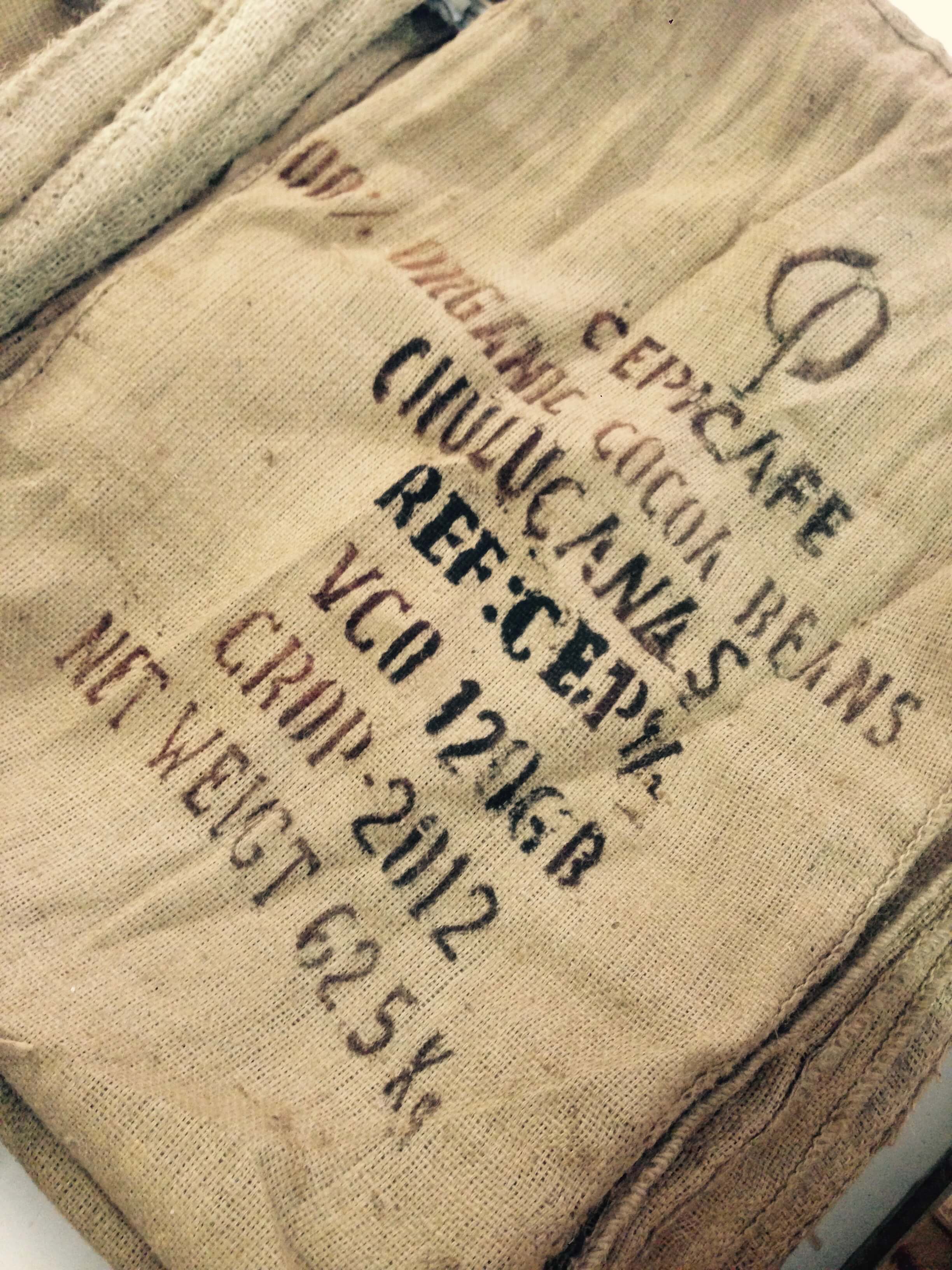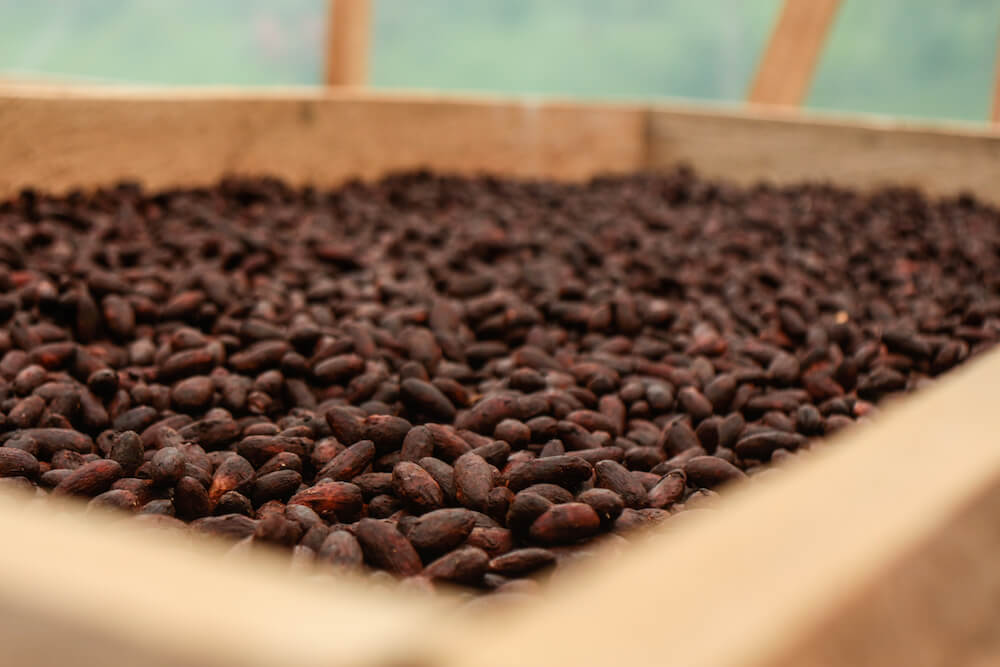It’s hard to imagine a better way to finish a meal than with chocolate. With incredibly unique characteristics it’s one of the most loved and consumed foods worldwide. At room temperature the consistency is hard and dry but it melts as soon as it touches our tongue meeting our body temperature. It can be moulded into any kind of shape and can be made to shine as a mirror. Not many foods offer such a sensorial experience, capable of creating strong desire, comparable to addiction, particularly in women (this is probably due to theobromine, caffeine and a tiny percentage of cannabinoids). It is said to improve cardiovascular health thanks to the presence of flavonoids and has become a symbol of romance, thought to be a great aphrodisiac… There is no doubt – eating chocolate is indeed a pleasure linked to senses.

The cocoa tree, that grows more or less between the 10° north parallel and the 10° south parallel, evolved in Southern America’s equatorial valleys. The Aztecs and the Mayas were possibly the first to try it, consuming it as a bitter drink with the addition of spices. It was the Spaniards that first paired it with sugar and eliminated most of the spices, bringing this exotic new food back to Europe in the 16th century. It remained a luxurious and uncommon drink until the 1800, when a series of innovations (mostly Swiss) contributed to the creation of chocolate as we know it today – produced industrially and accessible for all.

Nowadays cocoa is produced in West Africa and Asia as well as in Central and South America. Farmers are mostly small – less then 3 hectare properties – but transformers are huge; main players are in Holland, Germany and the US. Most of the cocoa produced worldwide is treated as a commodity and bought by the biggest industrial brands.

Nonetheless lately specialty chocolatiers that buy the cocoa directly from producers have grown in numbers, buying either the dried beans or the final product. In some cases the farmers are also the transformers. Basically when the beans are mature you extract the seed, ferment it, dry it and finally roast it. These must then be ground, conched and tempered before being moulded into bars, a long process that requires expertise and attention to detail to guarantee a top quality final product.

More and more, small chocolate processers around the world are starting to treat cocoa just like you would wine, searching for specific varietals, appreciating the origin as well as the steps of production. Nothing is added except for cocoa and sugar. This gave birth to a completely new way of tasting and consuming chocolate, for example paired with wine and distilled liquors or used for cooking, to appreciate all its flavors and aromas.
We have two great bean to bar chocolate makers in Atlanta, CACAO ATLANTA and XOCOLATL. Check them out and indulge in pure ethically sourced chocolate this Valentine’s day!